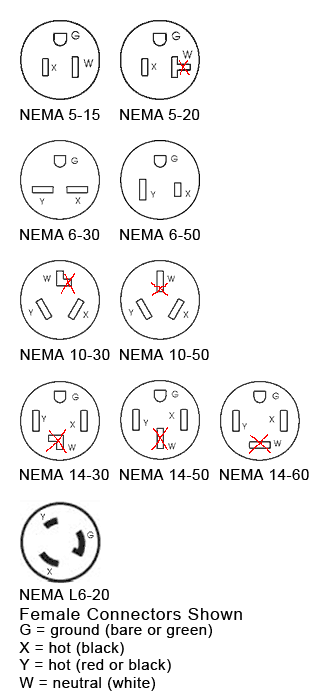Regular GFI vs EV GFI:
GFI is often (usually) not looking fo some (small) current flowing in the Ground wire, but an imbalance of current flowing in the two "power" wires.
1. Regular: a small difference of something like 5 to 10 milli-amps (0.005 to 0.010 amps) triggers the cut off.
2. EV GFI: In testing EVSEs, it was found that the Regular (small) current imbalance was too often triggered, in normal operation. So, the GFI in EVSEs is usually set higher, up to around 20 milli-amps, to eliminate the many false alarms.
This comes from a discussion of implementation practices in the J1772-2010 standards document, and a section in NEC635 that permits the higher GFI detection level ... as I recall.
Because of this, apparently many (some) EVSEs will NOT work well if plugged into a GFI wall circuit (GFI in the socket, or in the breaker). Thus, the use of EVSEs may suggest that a NON-GFI circuit should be used.
Yep, some seem to "suggest" using a GFI socket/circuit.
Yes, confusing and contradictory, I know.

